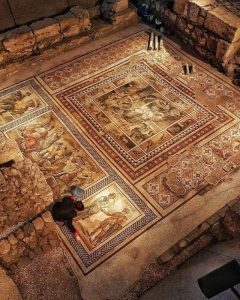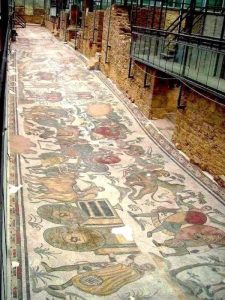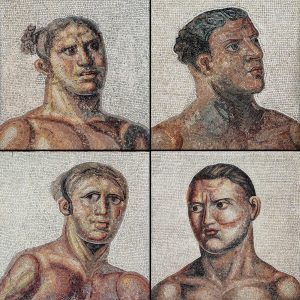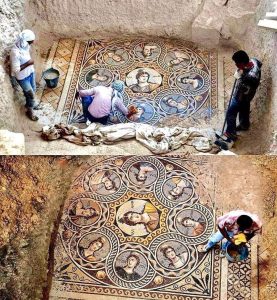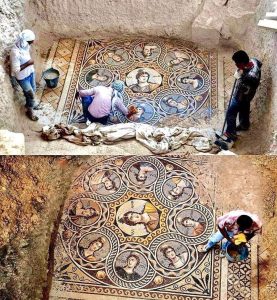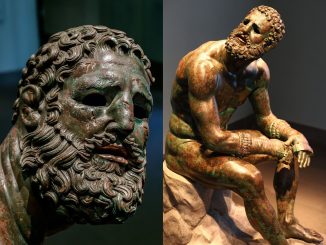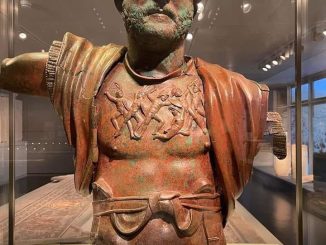
Nestled amidst the ancient ruins of Pompeii lies a breathtaking testament to the artistic ingenuity of the Roman Empire—the mosaic from the impluvium of the House of Geometric Mosaics. Dating back to the 1st century AD, this remarkable work of art captivates visitors with its intricate patterns, vibrant colors, and timeless beauty. As one of the finest examples of Roman mosaic craftsmanship, it offers a fascinating glimpse into the daily life and cultural sophistication of Pompeii’s ancient inhabitants.
Unraveling the Beauty of Pompeii’s Geometric Mosaics
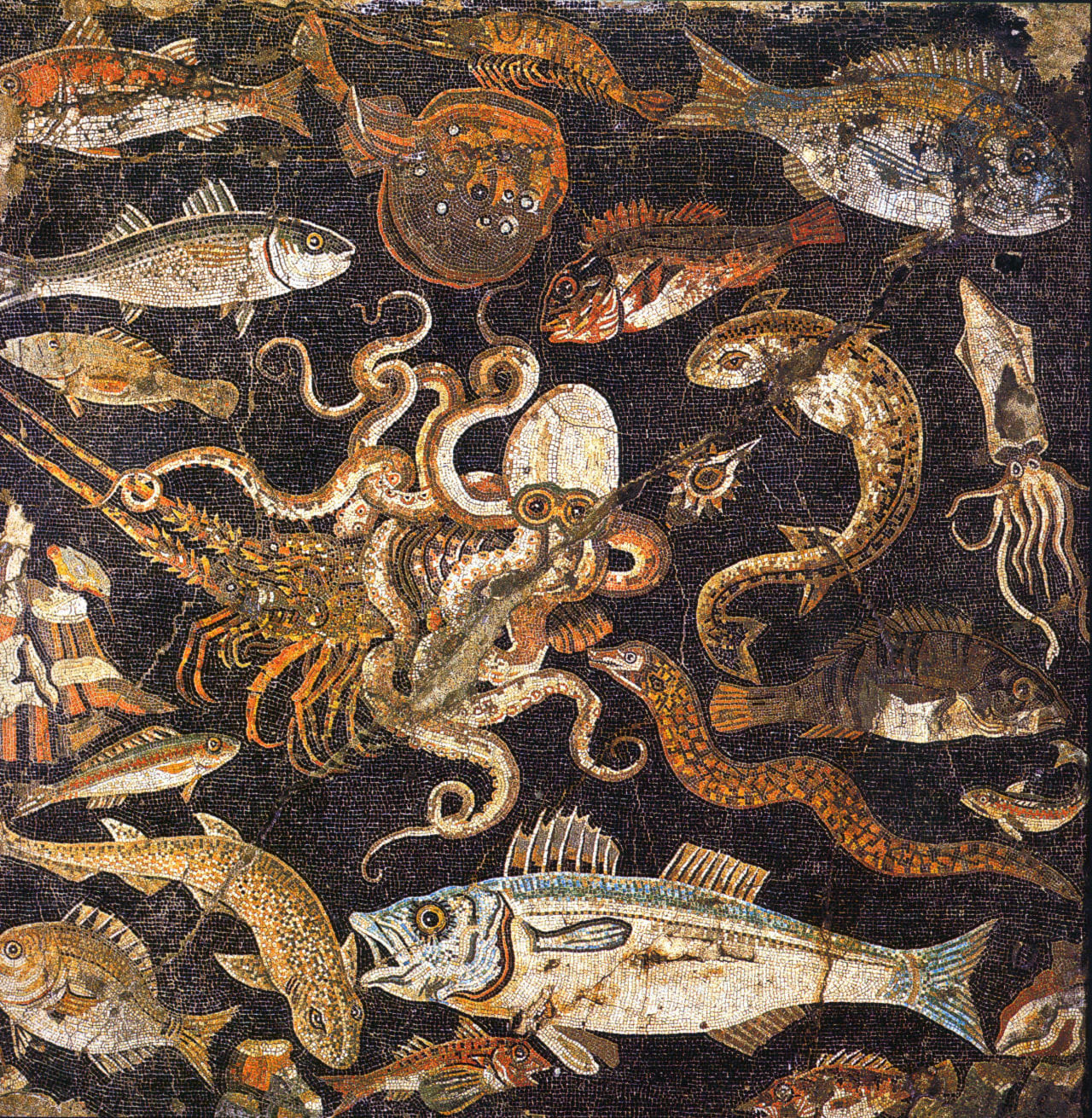
- A Masterpiece of Design and Precision: The mosaic from the impluvium of the House of Geometric Mosaics is a masterpiece of design and precision, showcasing the remarkable skill and craftsmanship of ancient Roman artisans. Comprising a symphony of geometric patterns, the mosaic features intricate interlocking shapes, including squares, triangles, and circles, meticulously arranged to create a visually stunning composition. Each tessera—small piece of colored stone or glass—is expertly placed to form a seamless tapestry of color and texture, resulting in a work of art that is both captivating and timeless.
- Symbolism and Meaning: Beyond its aesthetic appeal, the mosaic from the House of Geometric Mosaics carries symbolic significance that offers insights into the cultural and religious beliefs of Pompeii’s ancient residents. Geometric motifs were often used in Roman art to convey concepts of order, harmony, and balance, reflecting the values of the society. Additionally, the placement of the mosaic in the impluvium—a sunken pool used for collecting rainwater—may have held symbolic significance related to purification and renewal, underscoring the spiritual dimensions of daily life in Pompeii.
- Preservation and Restoration Efforts: The preservation and restoration of Pompeii’s ancient mosaics, including those found in the House of Geometric Mosaics, are of paramount importance in safeguarding the cultural heritage of the region. Over the years, archaeologists and conservationists have employed advanced techniques and technologies to protect these invaluable treasures from the ravages of time, including measures to prevent deterioration, stabilize fragile tesserae, and mitigate the effects of environmental factors. Through ongoing efforts, these mosaics are preserved for future generations to admire and study.
- Educational and Inspirational Value: As a cherished artifact of Pompeii’s rich archaeological heritage, the mosaic from the House of Geometric Mosaics serves not only as a source of artistic inspiration but also as a valuable educational resource. Through exhibitions, guided tours, and educational programs, visitors have the opportunity to engage with the mosaic and deepen their understanding of Roman art, architecture, and culture. By fostering a sense of appreciation and curiosity, the mosaic inspires a deeper connection to the past and encourages exploration of the fascinating world of ancient Pompeii.
Honoring Pompeii’s Archaeological Legacy
In conclusion, the mosaic from the impluvium of the House of Geometric Mosaics stands as a testament to the enduring legacy of Pompeii’s ancient civilization and the artistic achievements of the Roman Empire. With its intricate design, symbolic meaning, and historical significance, this remarkable mosaic continues to captivate and inspire viewers, offering a window into the cultural richness of antiquity. As we marvel at its beauty and craftsmanship, we honor the ingenuity and creativity of the artisans who crafted it and reaffirm our commitment to preserving and celebrating the treasures of Pompeii’s archaeological heritage for generations to come.
